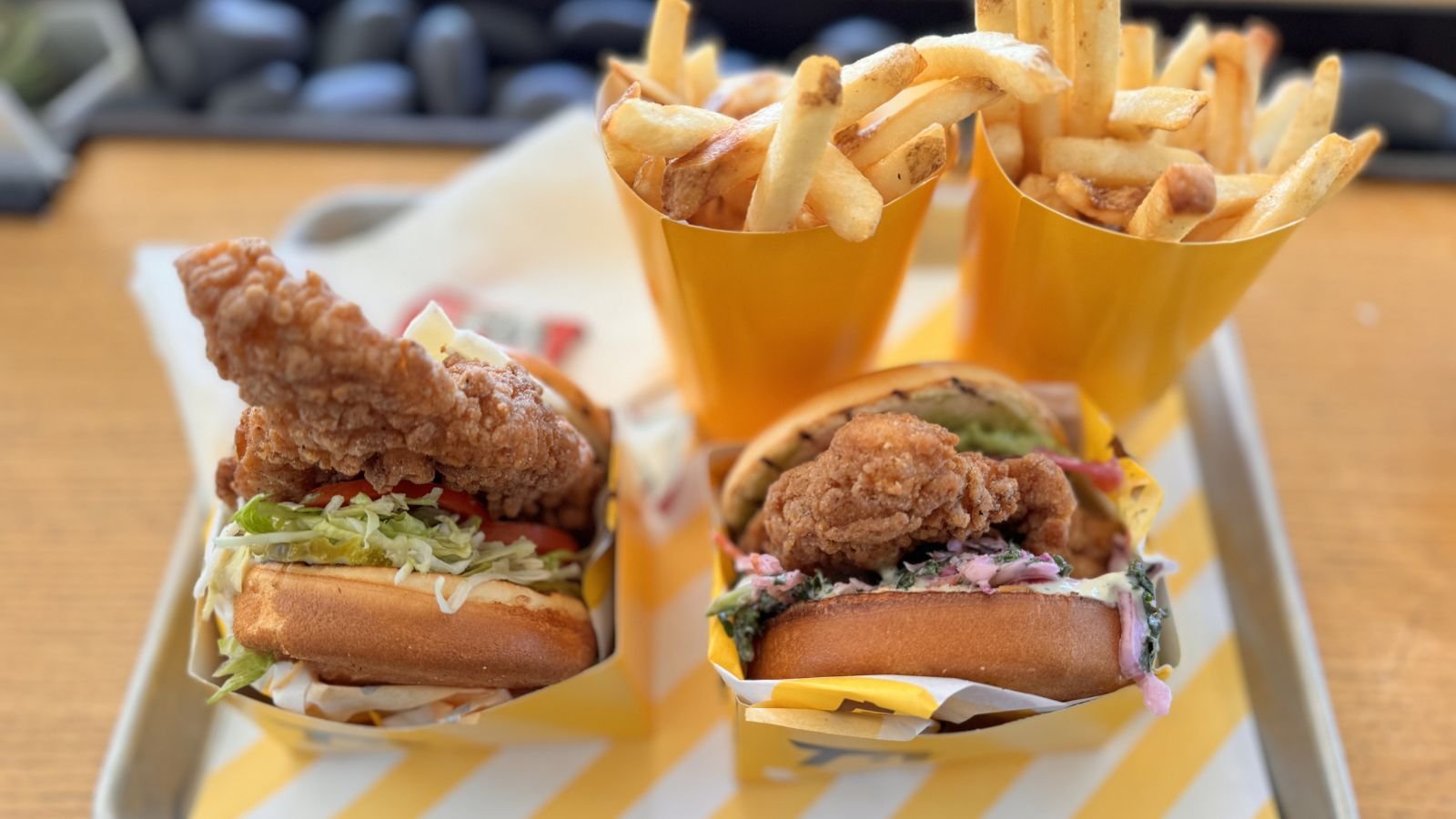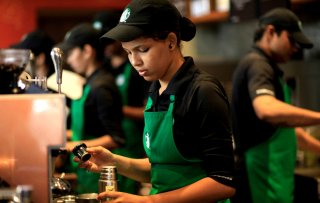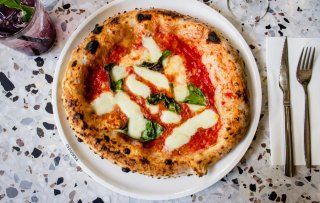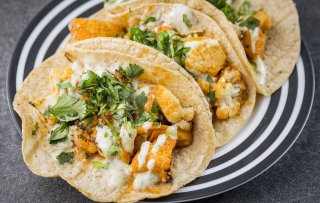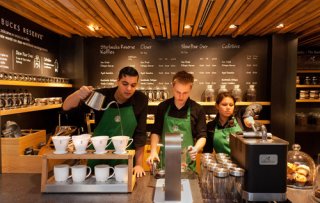Chicken is becoming increasingly popular in food service. While beef consumption is slightly declining in the Western world, chicken is growing as a source of protein. In the United States, Starbird Chicken is a leader in this trend in the fast casual segment. The concept, which started in Silicon Valley in 2016, combines the sale of fresh chicken with smart ordering technology and an efficient service formula. Food Inspiration visited Starbird's first location in Sunnyvale and asked: could this concept also work in Europe?
Is it tasty? That’s where every foodservice success begins. Upon arrival at Starbird’s first location in Sunnyvale, we parked in front of the building, stepped inside around lunchtime, studied the menu, then ordered the Big Star for $9.97, and the Starbird 2.0 for $10.97. The latter includes crispy chicken, herb aioli, lettuce, red onion, and avocado, all stacked on top of a soft round bun. We added some fries for $3.97, took a seat, and had a bite. And? Yes, it’s really tasty.
We were tipped off by Doug Koob, U.S. content director of Food Inspiration. Doug lives in Silicon Valley and has decades of experience in foodservice. He’s considered one of the foremost experts on innovative foodservice chains in the U.S. West Coast. He pointed out the distinctive product quality: “There’s an enormous focus on the quality of the primary ingredient.” A principle that resonates with a new group of discerning customers. The brand’s rapid growth speaks volumes.
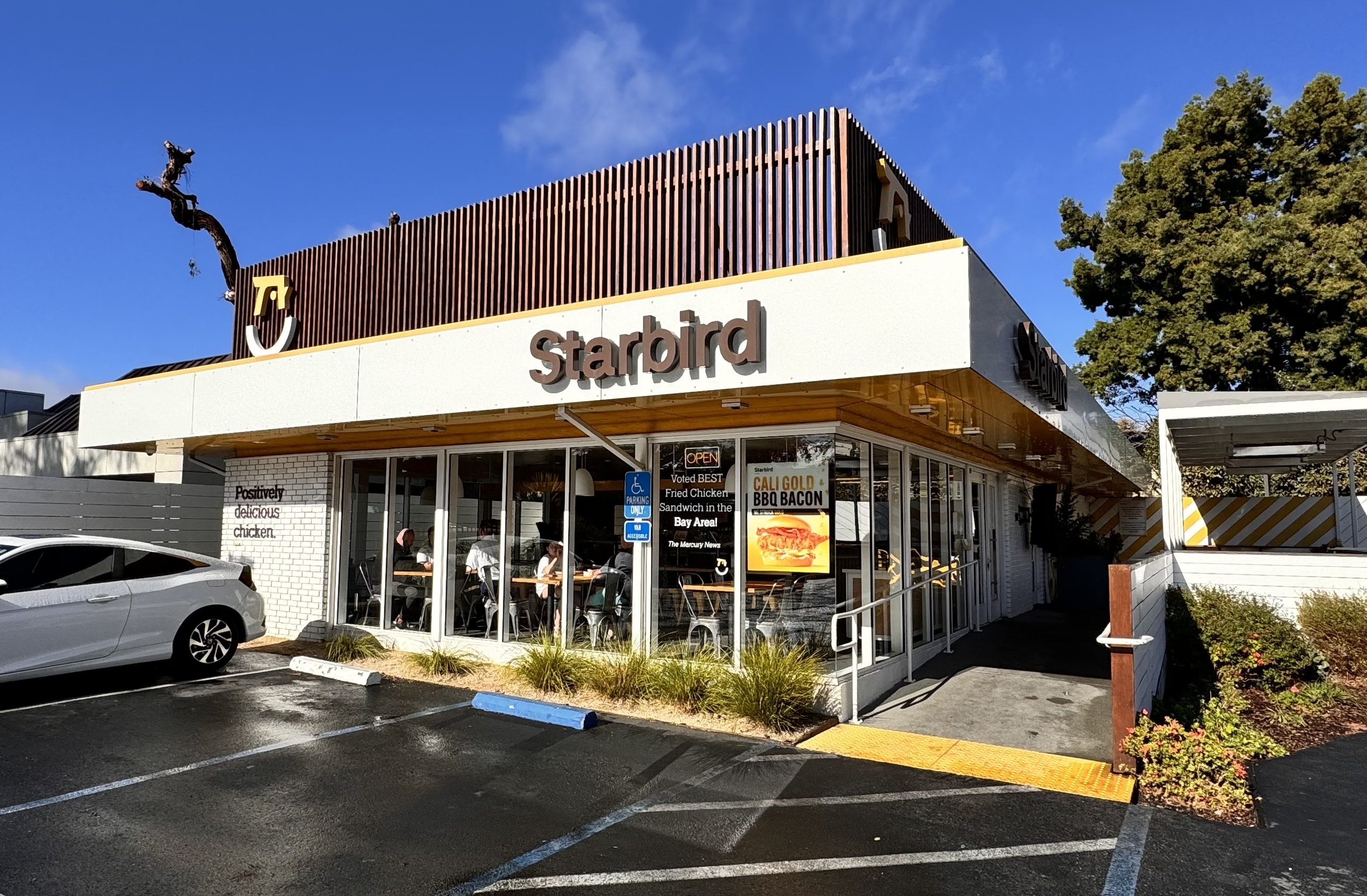
Fresh chicken is the star
Starbird was founded in 2016, by Aaron Noveshen in collaboration with the culinary think tank, The Culinary Edge. The founder’s ambition was to reinvent fast food. He wondered: could you sell high-quality chicken in a flashy fast food way? Would there be a market for that in America? The result is impressive: Starbird is a low-barrier chicken concept with a compact menu and a clear, differentiated story.
Fresh chicken, raised without antibiotics, is the star of the show. The pieces are hand-breaded in a gluten-free flour and herb mix. Orders are prepared fresh, and sauces are made daily. In addition to sandwiches and tenders, Starbird also offers salads, wings, and a plant-based chicken alternative called Gardenbird.
Starbird founder Aaron Noveshen: "Starbird stands for super-premium fast food."
Noveshen calls his food “super-premium fast food.” In Nation’s Restaurant News, the founder said: “It’s about delivering the quality experience you expect from fast casual restaurants – attention to design, comfort, ingredients, and guest experience – combined with the convenience of traditional fast food.” The brand especially appeals to young, urban consumers who want convenience but also care about quality and food origin.
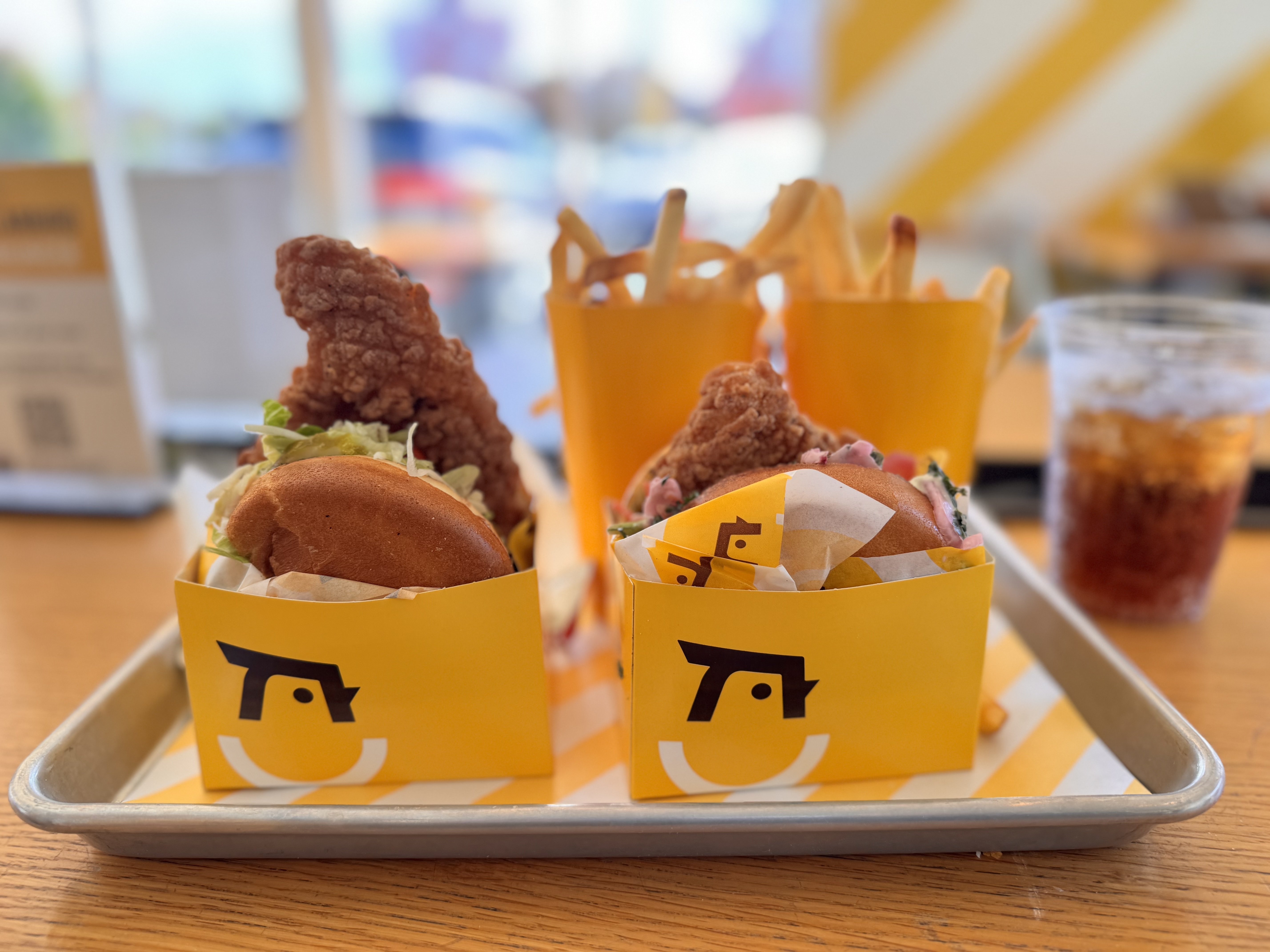
Technology as a backbone
From day one, Starbird was designed as a tech-first concept. Orders can be placed via its own app, website, or one of the order kiosks in-store. The interface is fast and intuitive, and the pick-up flow is optimized. Customers can see in real time when their order is ready.
On the backend, efficiency is also key. Smart kitchens, integration with delivery services, and a standardized setup make the concept scalable. As the chain grows, the organization remains committed to product quality – no compromises allowed. Locations are functionally designed, with light materials and an open kitchen. The vibe is modern and clean, with bright and fresh colors.
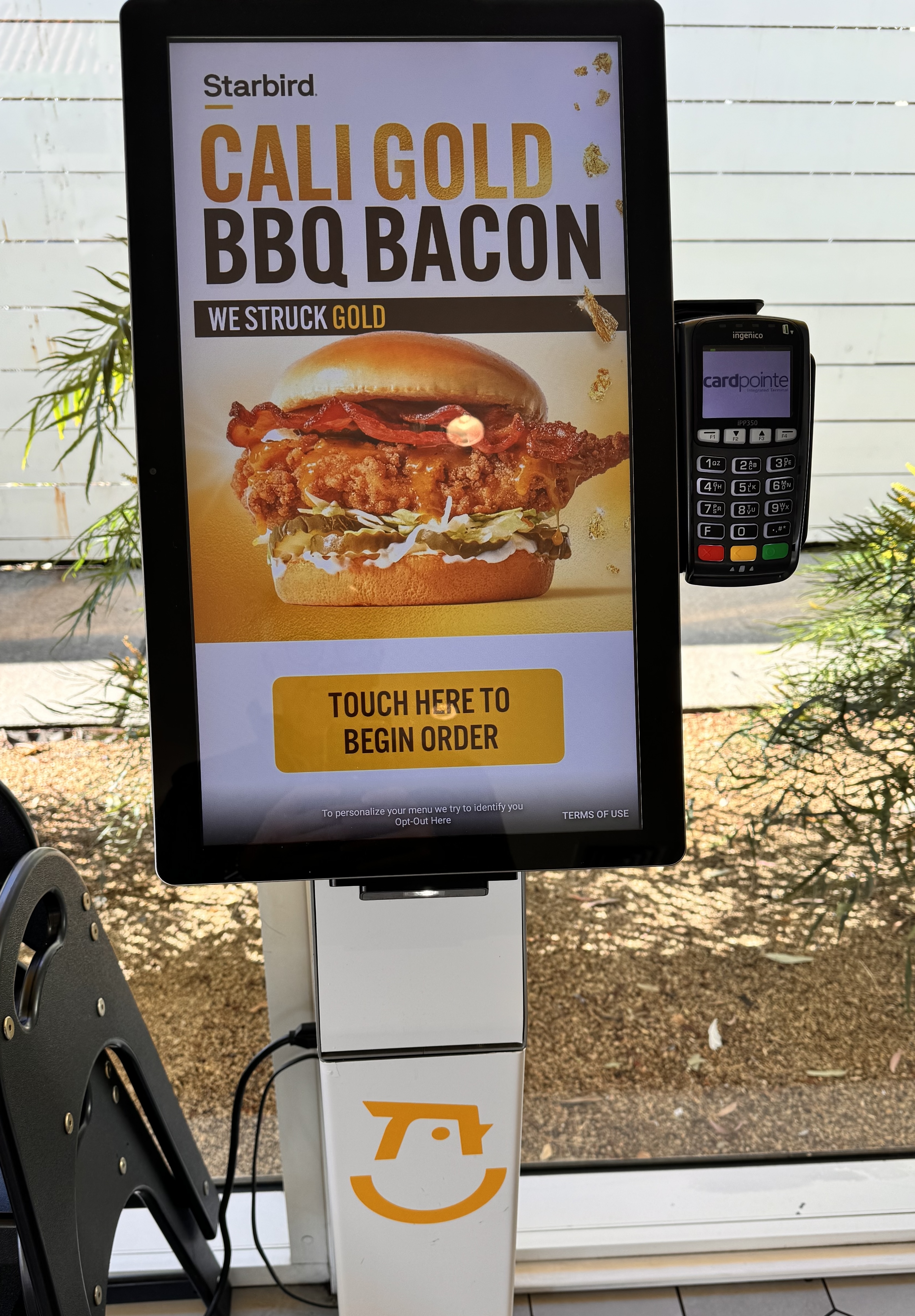
What makes a good pick-up flow?
-
Clear routing: Customers know exactly where to go to collect their order, without confusion or mixing with dine-in guests.
-
Digital communication: Orders are tracked and displayed via notifications in app or on screens – e.g. “Order #248 is ready for pick-up.”
-
Physical pick-up zone: A dedicated counter, cabinet, or locker where customers can pick up their order – often without staff interaction. High-efficiency setups may use names or QR codes for access.
-
Minimal friction: Customers don’t have to wait, ask, or search. Orders are ready on time, neatly presented, and kept hot or cold if needed.
Financial performance
Starbird is expanding rapidly. The chain now has 16 locations in California and is moving into other states like Washington and Colorado. Franchise investment ranges from $1.1 to $1.6 million. The initial franchise fee is $40,000 for the first location, plus a 5% royalty on revenue.
More importantly, the revenue figures are strong. Based on four company-owned restaurants in 2022, average annual revenue per location was $4.1 million – well above the industry average. In 2022, the total chain revenue was around $30 million. Figures for 2023 and 2024 have not been publicly disclosed. However, the chain's growth is evident: in 2024, Starbird signed franchise agreements for over 40 new locations across three states, with the first openings scheduled for 2025.
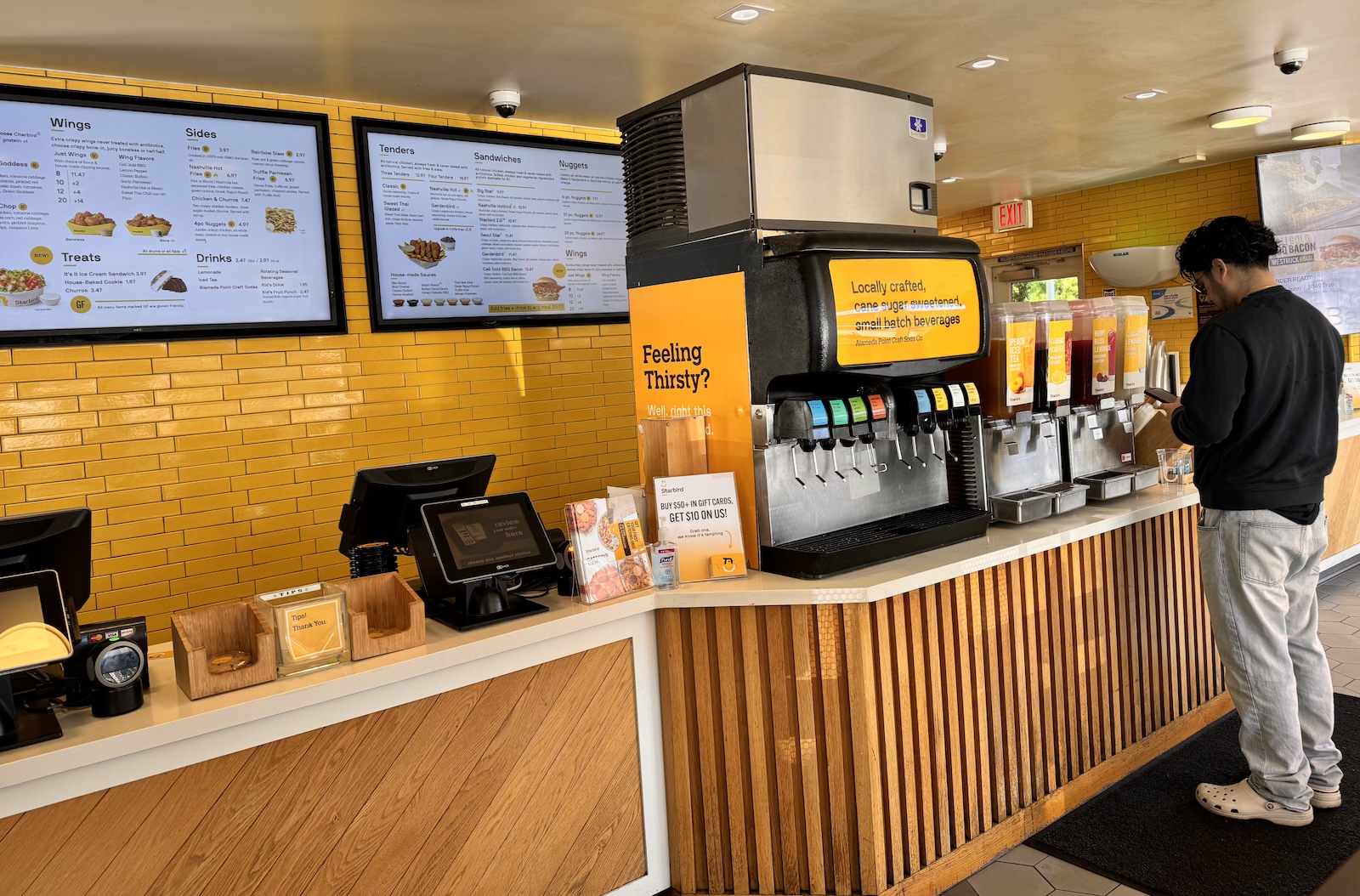
 Written by
Written by 